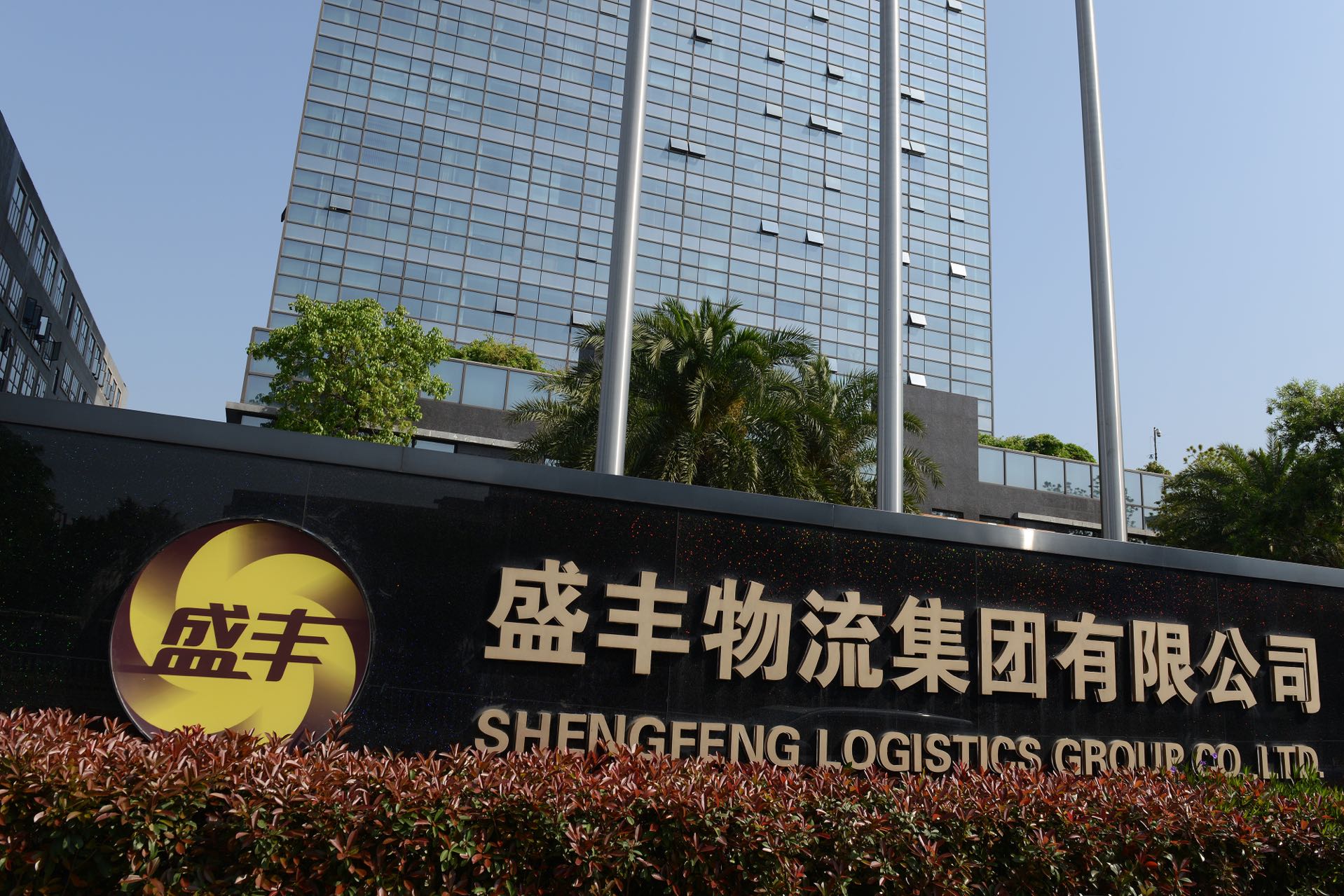China IPO Flow Picks Up in New York, But Big Names Still Absent

Four Chinese companies have submitted new or updated prospectuses for New York listings over the last 10 days, though all are relatively small
Key Takeaways:
- Four Chinese companies have submitted New York IPO applications since Sept. 6, indicating such listings could be accelerating after a near standstill over the past year
- Major new U.S. IPOs by Chinese firms probably won’t resume until the U.S. securities regulator provides an update in December on a new information deal with its Chinese counterpart
By Doug Young
After months at a trickle, the flow of Chinese IPOs to New York has suddenly accelerated with at least four new filings in the last 10 days. They cover quite a broad range of companies, from high-tech microchips down to the much lower-tech realm of oats. But the applications do also have a few things in common, including relatively modest sizes of less than $50 million.
The bigger context is that everyone is waiting to see when the flow of major Chinese IPOs to New York will finally return, ending a drought that began last July with the disastrous listing of DiDi Global, China’s equivalent of Uber. Following that debacle, which ultimately resulted in DiDi’s delisting, no major Chinese companies have dared to make IPOs in New York.
Two main issues were behind the near-freeze. From China’s perspective, data security became the biggest issue since it worried that the large troves of data held by some of the companies listing in New York could fall into the hands of U.S. regulators. Meantime, the U.S. worried about its inability to access China-based audit records for New York-listed companies suspected of irregularities.
Both issues appear to be mostly settled by now, with China signaling it will continue to allow its companies to list in the U.S. after undergoing data security reviews. The U.S. concerns have also been addressed through the signing of a landmark information-sharing deal between the China and U.S. securities regulators late last month.
In the latest development on that front, Bloomberg reported this week that a team of inspectors from the U.S. Public Companies Accounting Oversight Board (PCAOB) could arrive in Hong Kong as early as this week to start inspecting audit records for some U.S.-listed Chinese companies. Reuters previously reported e-commerce leaders Alibaba (BABA.US; 9988.HK) and JD.com (JD.US; 9618.HK, as well as KFC and Pizza Hut restaurant operator Yum China (YUMC.US; 9987.HK) were selected as the first companies for PCAOB inspection following the new agreement’s signing.
The U.S. securities regulator has said it will do several inspections to see whether the new deal is working to its satisfaction before providing a progress report in December.
All that said, we’ll return our focus to the latest flurry of listing applications, which looks like an acceleration of a slow but steady trickle of new U.S. IPOs by Chinese companies dating back to earlier this summer. A few broader trends are emerging from this new mini-surge.
As we noted above, all the latest listing plans are relatively small, with the largest only set to raise up to $40 million. All four are also being underwritten by mid-sized investment banks like EF Hutton, Univest and Maxim Group. The true signal that things have returned to normal will be the resumption of major fundraising deals, typically $100 million or more, underwritten by major banks like Citigroup, UBS and Morgan Stanley.
We suspect many such larger companies and the big banks may be waiting in the wings to make such applications, but will probably hold off until the December progress report before making any actual public filings.
All about risk
Another common element in three of the latest four listing applications is an extensive section at the beginning explaining their variable interest entity (VIE) structure. Most Chinese companies have used this structure since the group began listing in the U.S. 20 years ago. It lets foreign investors receive profits from those companies without having any management control – a move aimed at easing any concerns from Beijing about foreign control of Chinese companies.
In another interesting development, three of the four new filings say the issuer will offer ordinary shares rather than American depositary shares (ADSs). Chinese companies have traditionally opted to offer ADSs, though some activists argue such practice diverts money to depositary banks that oversee such shares, and it also deprives shareholders of some rights.
At the end of the day, all these things are relatively minor elements of the bigger picture, and we’ll have to wait for the December progress report to see if this nascent resumption of the IPO flow really has legs.
We’ll close our discussion with a look at the four actual new filings. They include: YanGuFang International Group Co. Ltd., a maker of oat and grain products seeking to raise up to $35 million; blockchain microchip designer Intchains Group Ltd., which is seeking to raise up to $32 million; logistics and supply chain management company Shengfeng Development Ltd., which seeks to raise up to $40 million; and Junee Ltd., a Hong Kong-based provider of building design, fit-out, repair and maintenance services seeking to raise up to $30 million.
Of the four, Intchains looks the most interesting due to its recent explosive growth and the big potential of blockchain. The company’s revenue rose about 12-fold last year to 632 million yuan ($91 million) from 55 million yuan in 2020. That fueled an even larger rise in its profit to 450 million yuan from just 8.2 million yuan a year earlier, showing the company’s blockchain microchips appear to be quickly gaining traction.
The YanGuFang International offering also looks potentially interesting due to the growing market for oat-based and other healthy products, reflected by the recent rise of companies like oat milk maker Oatly (OTLY.US) and fake meat maker Beyond Meat (BYND.US). The company posted relatively strong 24% year-on-year revenue growth to $29.8 million in its fiscal year through June 2021, and even more impressive 62% profit growth to $10.5 million over that period.
Shengfeng and Junee looks a little more traditional and less impressive, and we would encourage anyone wanting to know more about any of these companies to follow the links provided above. At the end of the day, each of these companies is still relatively small and unlikely to attract any major institutional investors if and when they make it to market. But collectively they do seem to show that the volume of Chinese companies seeking to list in New York is finally starting to accelerate.
To subscribe to Bamboo Works free weekly newsletter, click here





